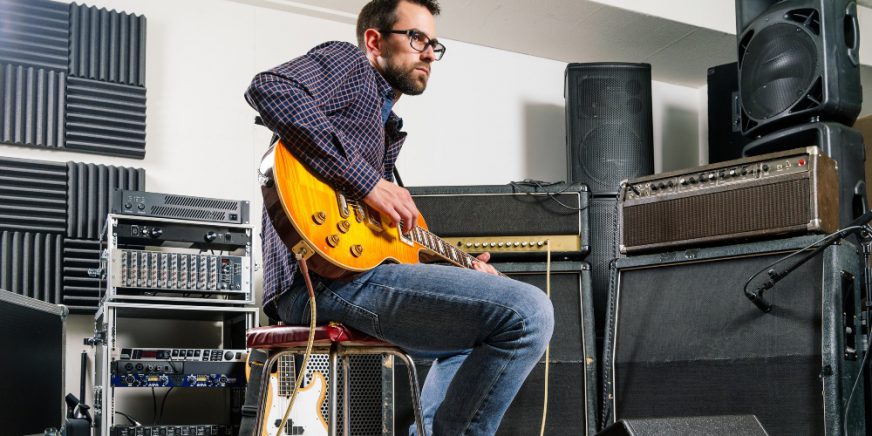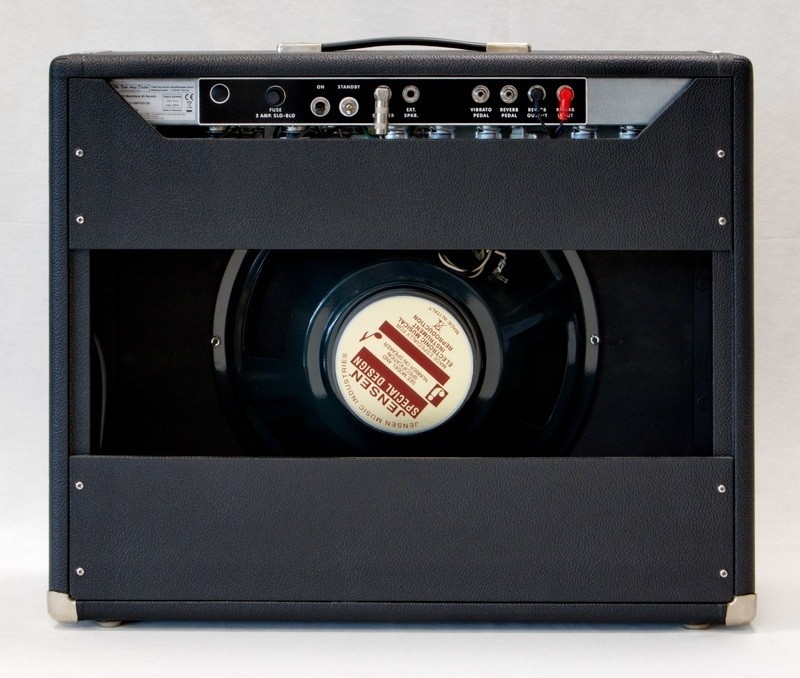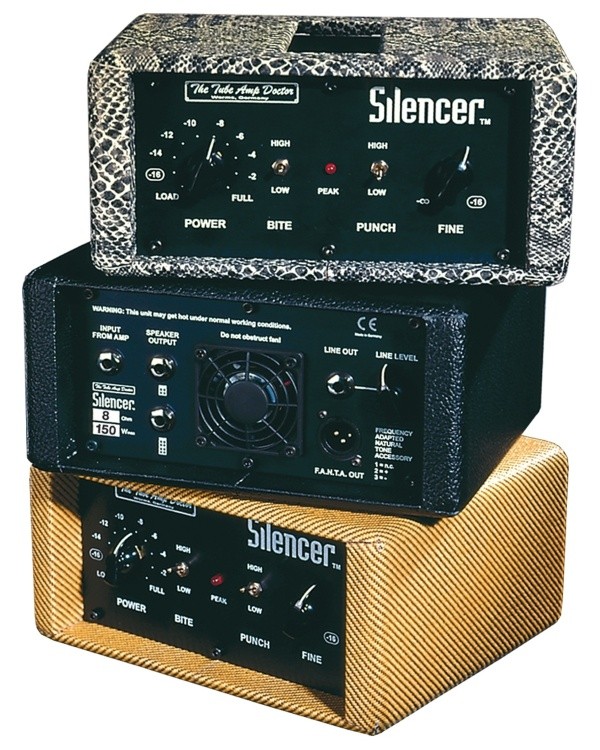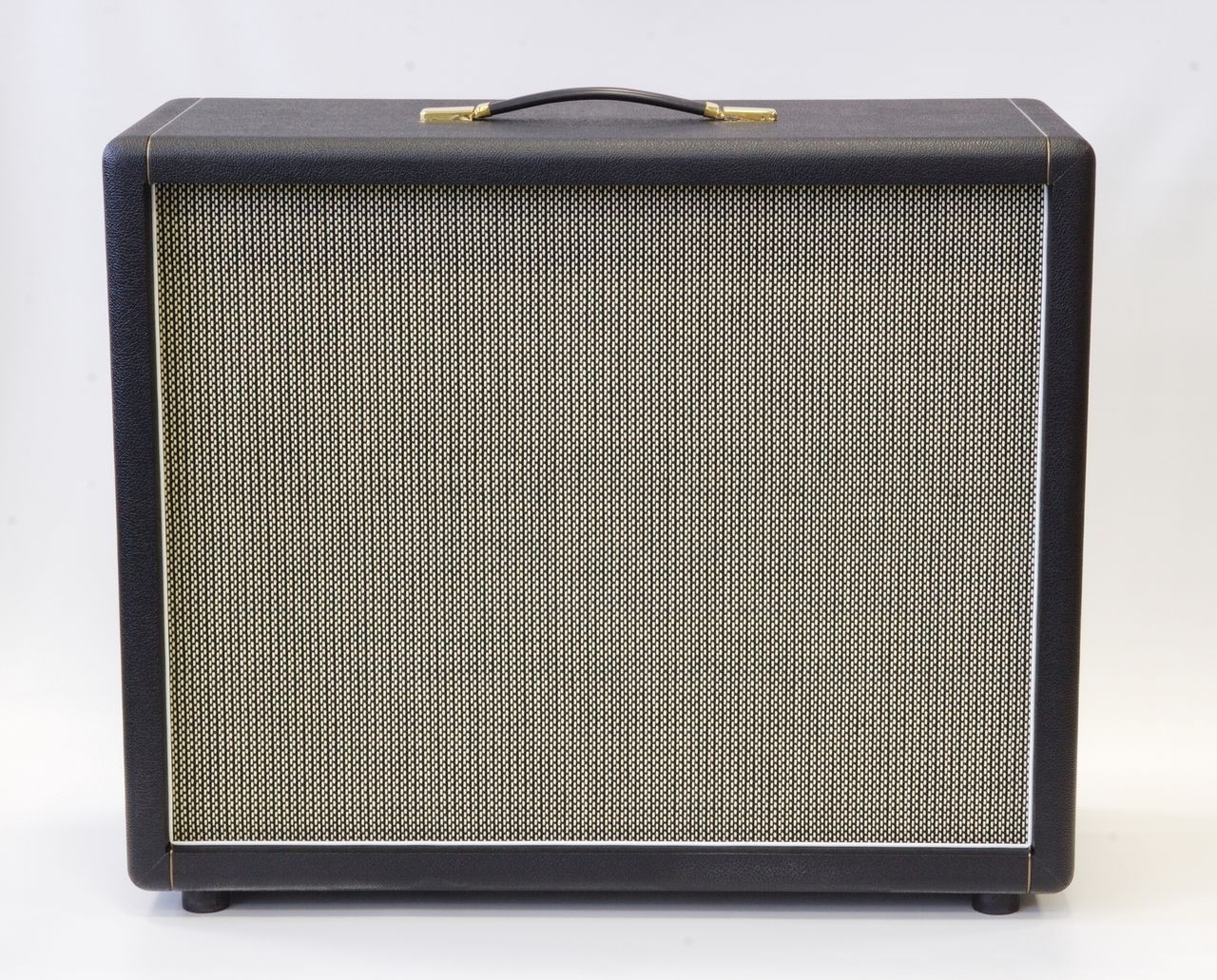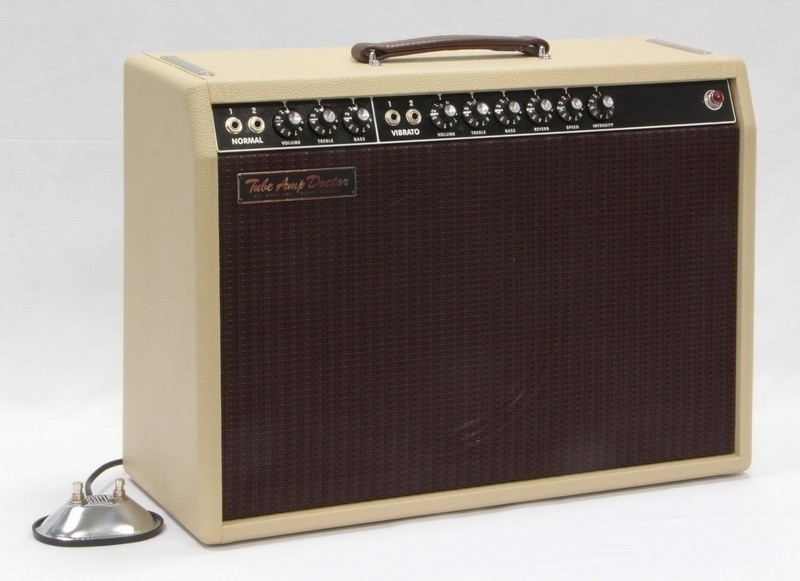« The differences at a glance »
Big speaker towers, half stack, or would you rather have a small combo guitar amplifier for the living room at home? Today we’ll reveal the differences between the different types of tube amps, guitar amps etc. Especially at the beginning of a guitarist’s career, musicians often feel overwhelmed when it comes to the different options – our overview of the different types is intended to shed some light on this topic and introduce the different areas of application of tube amps. Have fun!
The tube amplifier – good sound in many forms
Not only guitars, but also their matching guitar amps come in a wide variety of shapes and variants. There are three different types we can distinguish between: combos, half- and full stack. For all variants, it’s important to be clear about the functionality and tuning of the individual components, tubes, etc. to get the optimum sound and performance. This means that you need a lot of expertise and experience.
Combos
The term “combo” refers to guitar amplifiers which combine both the actual tube as well as connected speakers in one casing. The devices wired inside the casing, tubes and loudspeakers, are ideally perfectly matched to each other and form a compact duo. The handy format and the compact design make combos the ideal device for guitarists who need or want to transport their amp to the gig or to the rehearsal room.
The different power classes of a combo amplifier
Combo models are considered a classic rehearsal and practice amp. But live performances are also very possible with these devices – from a certain wattage even without additional recording by microphone. As a guideline, we can say that all combos in the power class up to 10 watts are basically suitable for living rooms, where even 10 watts of tube power can make a big impression. So, in particular for home use and silent practice, we recommend guitar amps which can have their performance throttled to 0.5 or 1 watt by Powersoak, power attenuator or integrated circuit.
With devices which offer between 10 and 50 watts, even larger rehearsals can be held in the band room, depending on the music genre and the volume of the other musicians; then the power reserve is more than sufficient. Live performances in larger clubs and locations usually require a power of 50 watts and more – unless the combo is transmitted to a PA via microphone, then there are no limits even for a model with 5 watts!
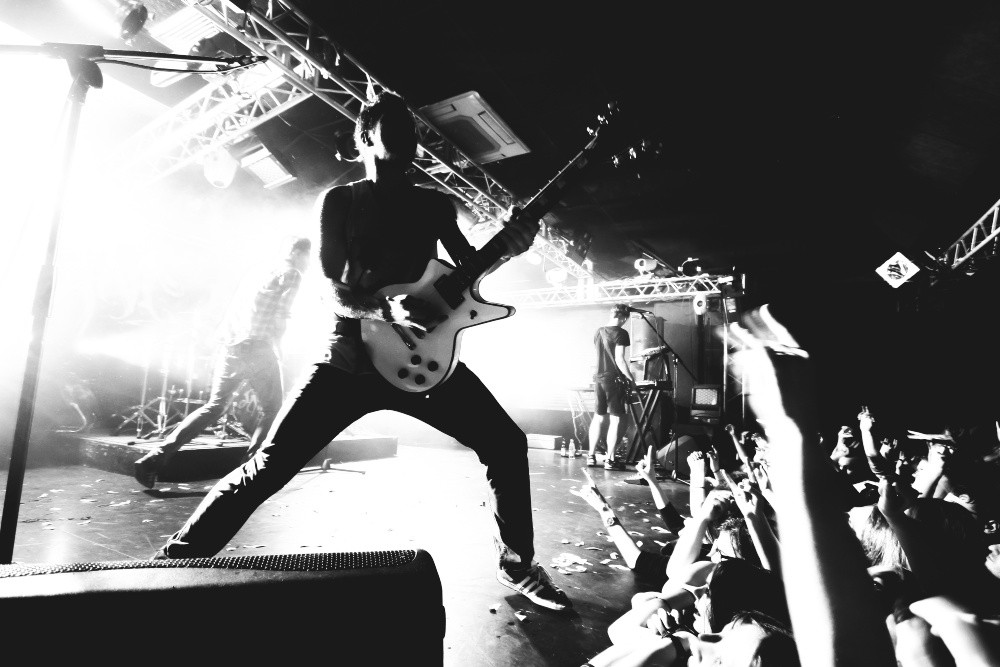
The optimal areas of application
As already described, a combo model offers the ideal solution for guitarists who spend a lot of time on the road with their amplifier and need the most uncomplicated transport possible. However, their versatility makes combos the perfect companion in almost any situation – whether it’s at home, in the rehearsal room or in the studio or on stage: combos cut a fine figure everywhere.
Disadvantages of combo amplifiers
Of course, a tube amplifier in combo format also has its drawbacks. First of all, the design is comparatively compact from a certain power class – but a 100-Watt combo with two 12″ speakers definitely isn’t easy to carry. However, the far greater disadvantage of combos is that the sound is quite “fixed”: there’s no option for a change of speakers, so the musician has to make do with the existing system.
Half stack amplifiers
The half stack is the combination of a guitar amp (also called a head unit in this context) and a speaker cabinet. Although the individual components are connected to each other, they can be freely changed and have to be coordinated with each other. With this type of device, exactly one cabinet is always added to the head unit – what speakers this cabinet is equipped with doesn’t matter. So there are cabinets which are equipped with a single 10″ speaker and others which add four 12″ speakers.
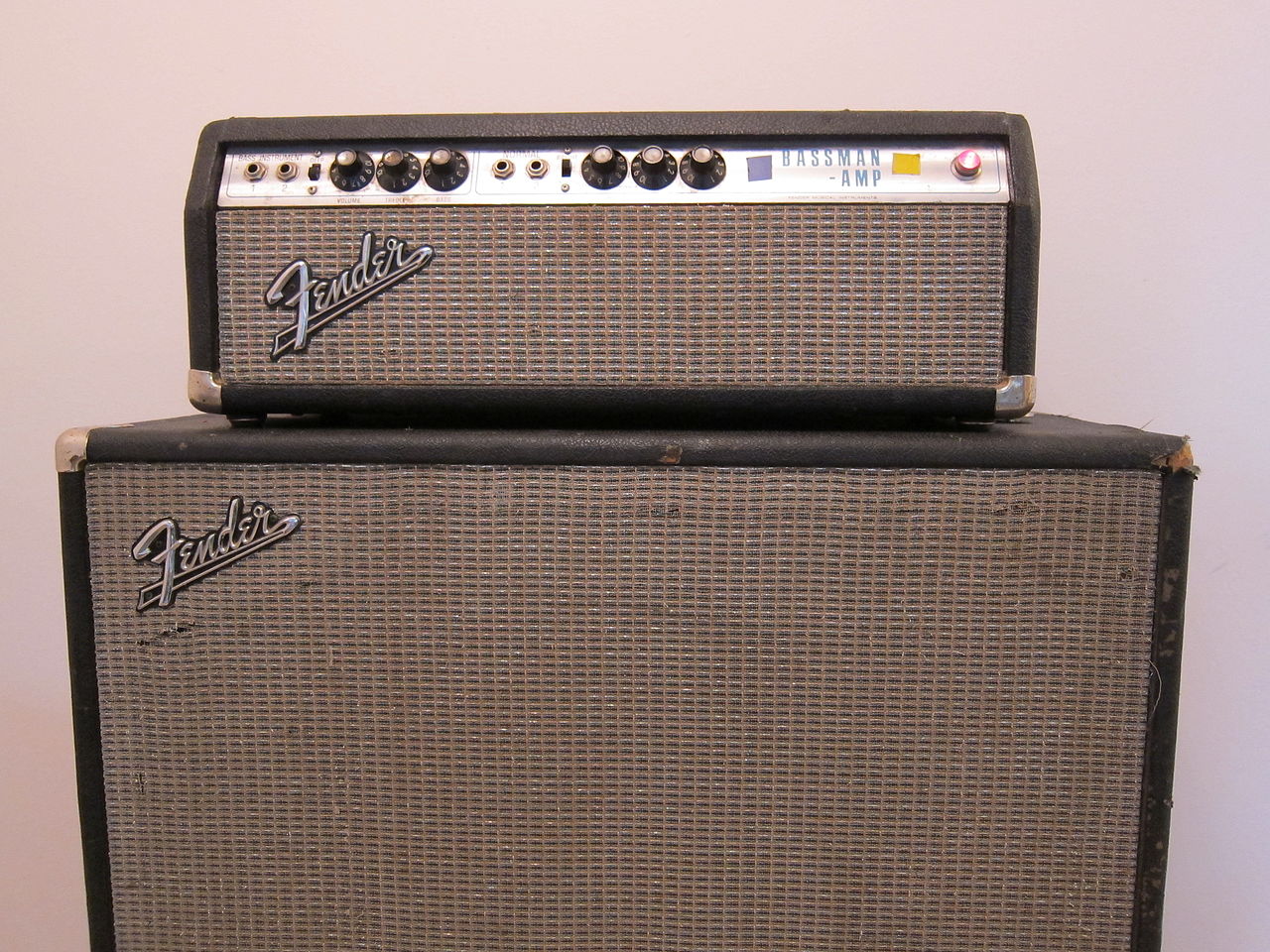
Pro and Cons
Half stacks, like any other type of guitar amps, have their own advantages and disadvantages. Due to the separate components, you can individually combine the amplifier and speaker, which simplifies the optimisation of your own sound. In addition, the speakers and amps can be easily transported separately from each other, which is a particular advantage with more powerful and bulky guitar amps.
This variant is also very suitable for operating different amplifiers – the replacement is carried out with a quick reconnecting of the connections, and the speakers can be easily used with the new amp and its tubes.
Who is this variant ideally suited to?
Due to its size, it’s rather uncommon to use this variant as a pure practice amp, although there are also smaller head units (5 watts, 10 watts) with corresponding speakers. So, as a rule, half stacks are usually used in rehearsal rooms and at small to medium-sized gigs, where you don’t need the power of a PA, but the tube alone has to provide the power. Of course, these variants can also be picked up by a microphone and amplified that way.
Full Stack
Now we come to the really big guns: a full stack refers to the combination of a head unit with two speaker cabinets – in accordance with the name, the individual components are stacked on top of each other to form the imposing walls of amplifiers which we know from the big concert stages.
Of course, even fairly low-power amps with restrained tubes could be piled up to a full stack, but we’re usually talking about powers far beyond 50 watts. In particular, the combination of the selected speakers and their cabinets makes up a large part of the sound. For example, a distinction is made between “slanted” and “straight” speaker casings. Depending on the orientation of the speakers to each other and to the listener, we can bring out further subtleties in the sound – without having to exchange the tubes at all.
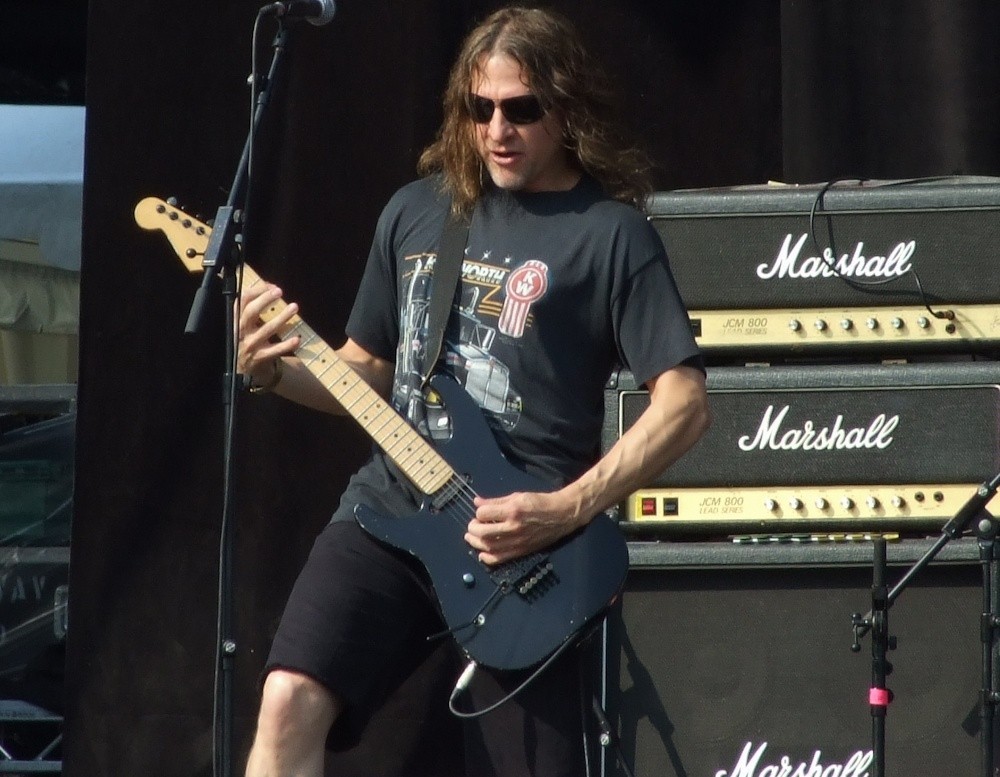
Pros and cons
If you think you can’t play rock without a full stack, you’re barking up the wrong tree, but this amplifier variant is very popular, especially with representatives of harder music genres. The reason for this is, in addition to the aforementioned optics, also the performance of the amps which are typically used. With a tube amplifier with 100 watts of power, eight speakers of 12″ each can easily be used – loud, primal and absolutely genuine! However, compared to the half stack, this variant isn’t so easy to transport. The size and the usually very high volume make the full stack a perfect companion for big concerts and for rehearsal rooms where the sparks are flying even during practice sessions.
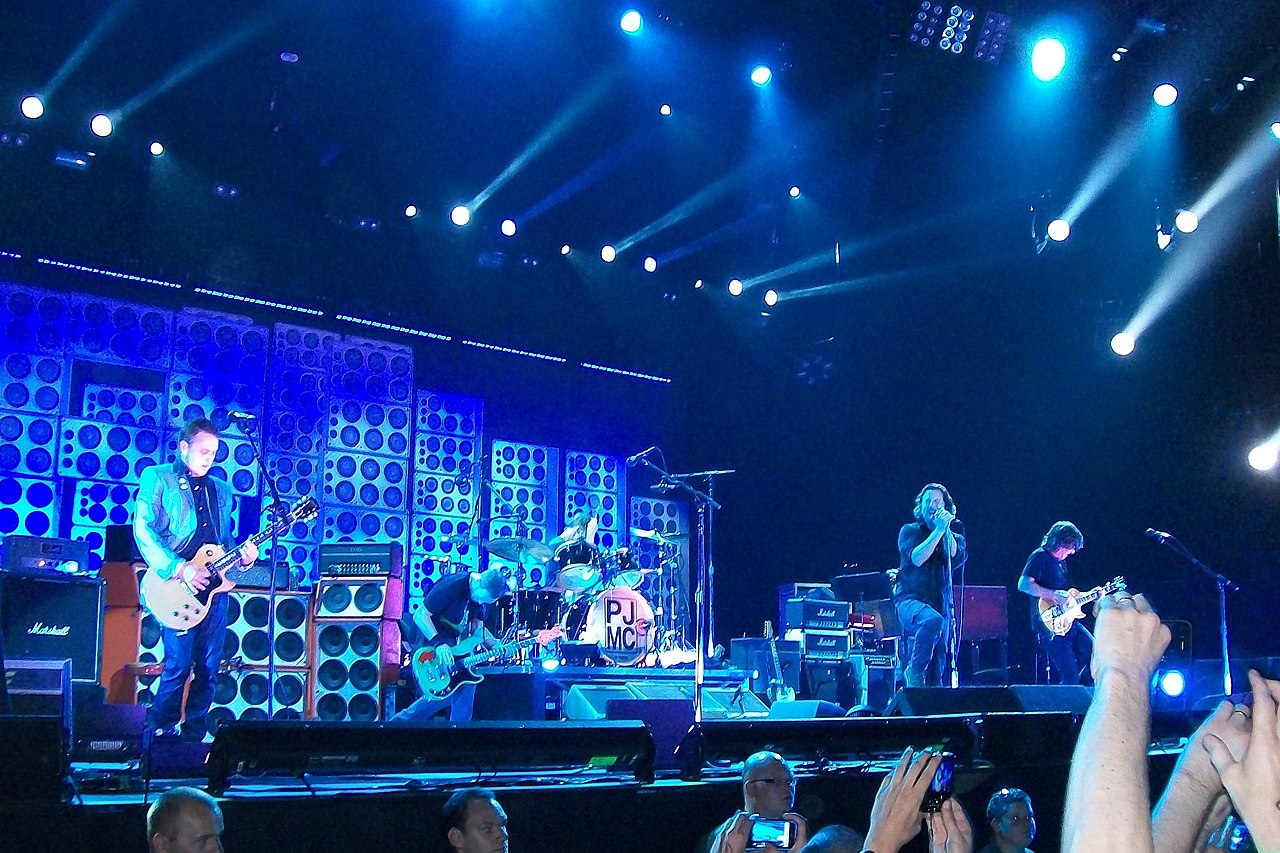
Combos, full or half stack – conclusion
Basically, it doesn’t matter which design a tube amplifier has – all the variants sound good. Which design is most suitable depends much more on the intended purpose of the tube amplifier. Guitarists who want to rehearse at home, fill out smaller gigs or want to be picked up by microphone use combos for space and comfort reasons – ideally matched components included. If you prefer it louder and you don’t want to get lost in the mix, you’ll get your money’s worth with a half- or full stack.
We’re enthusiastic about the pure tube sound – the design doesn’t matter at all. However, due to their good internal tuning, combos in particular usually deliver a more balanced and rounder sound image – without the hassle of wiring. If you’re interested in different amps and you’d like to scout around outside Marshall, Fender and co., we recommend our TAD Amp Kits. The sets for amplifier construction or the already pre-assembled amp kits always deliver the pure sound of tubes.
___________________________________________________________________________________________________________________________
Image sources:
Title image: © sumnersgraphicsinc – stock.adobe.com
Electric guitarist on stage: © kondrukhov – stock.adobe.com
Head unit (AB165) and monitor speaker case for a Fender V.L. Bassman 15 inch: By The Interior – Own work, CC BY-SA 3.0, https://commons.wikimedia.org/w/index.php?curid=17170994
Klaus Eichstadt, guitarist of the American rock band Ugly Kid Joe: By MrPanyGoff – Own work, CC BY-SA 3.0, https://commons.wikimedia.org/w/index.php?curid=20209094
Rockband Pearl Jam 2012 in Amsterdam: By Lugnuts – Own work, CC BY-SA 3.0, https://commons.wikimedia.org/w/index.php?curid=109510362
 Tubeampdoctor Magazin
Tubeampdoctor Magazin
